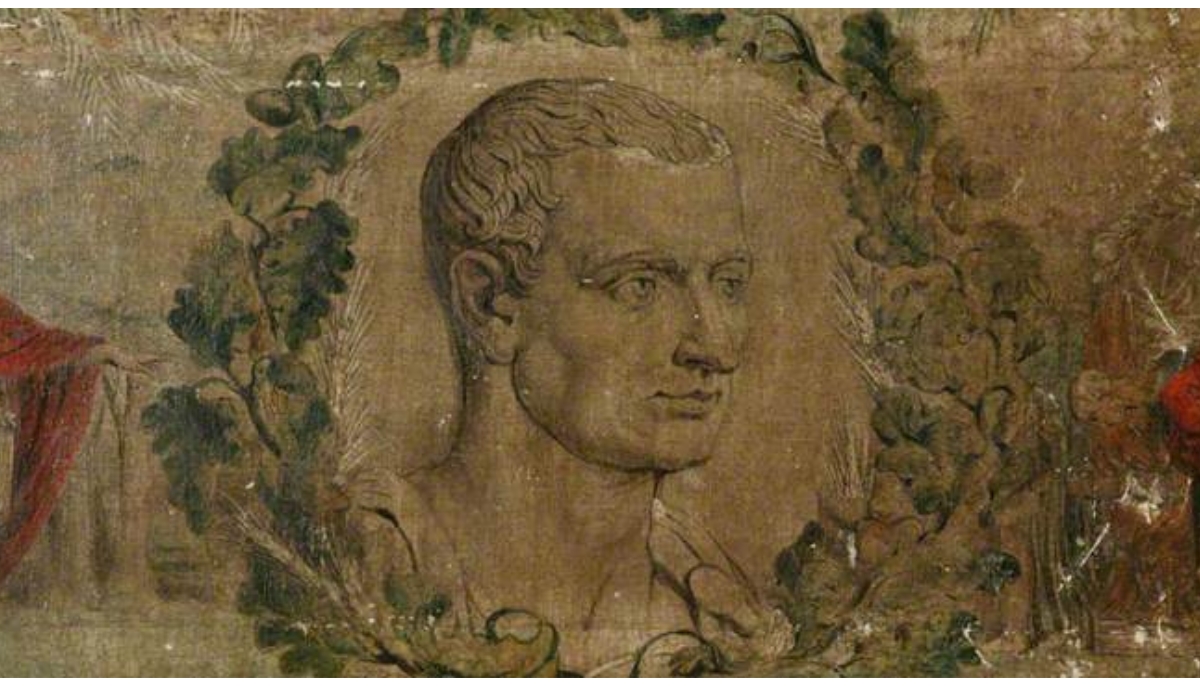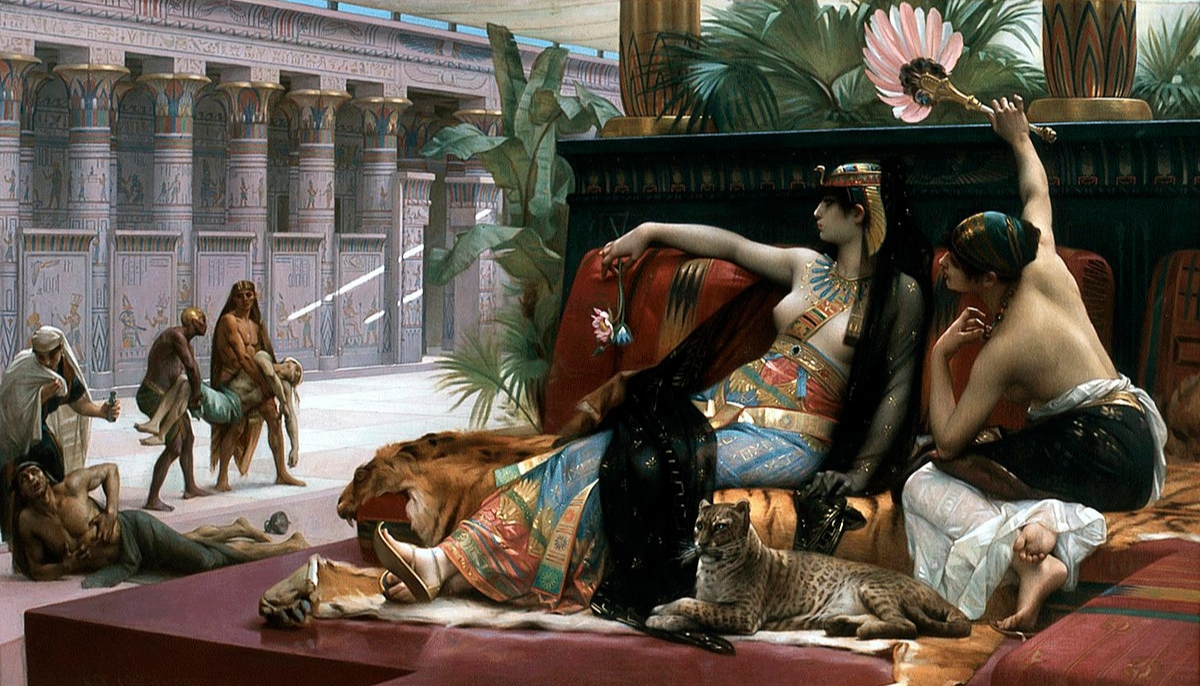The relationship between Cicero and Cleopatra is symbolic of the seismic shifts occurring in the late Roman Republic. This article delves into the intricate dynamics between these two historical figures, each representing contrasting ideals and eras.
Cicero, a staunch defender of the Roman Republic’s values, and Cleopatra, the embodiment of monarchical power, personify the tension between the old Roman world and the emerging era of Empire.
As we explore their stories, we gain insight into a pivotal historical moment where personal beliefs, political ambitions, and cultural clashes set the stage for a transformed Roman world.
Cicero’s Moral Positions About Rome
Cicero, a key figure in Roman politics, was known for his strong beliefs in the Roman Republic’s ideals. He was a skilled orator and writer, advocating for a democratic Rome where power was shared between the Senate and the people.
Despite personal challenges, including a second marriage for financial stability, Cicero remained dedicated to his political principles.
Cicero’s Virtues and Faults

Cicero’s eloquence and intelligence made him one of Rome’s most influential speakers. However, his outspoken nature often led to conflicts with other political figures, resulting in periods of exile.
Despite these setbacks, he consistently fought against the rise of dictatorial powers in Rome. His commitment to justice and governance by law was unwavering, shaping much of Western political thought.
This background sets the stage for understanding Cicero’s disdain for Cleopatra. His dedication to Roman values and opposition to despotism put him at odds with Cleopatra, whose alliance with the powerful Julius Caesar threatened the Republic’s ideals that Cicero cherished.
The Conservative Roman Perspective on Cleopatra
When Cleopatra arrived in Rome, her presence was nothing short of sensational. To the general public, she was a figure of fascination, embodying the mysterious and luxurious East.
The Roman elite, however, had mixed reactions to Cleopatra’s arrival. While some were intrigued by her charm and intelligence, others viewed her with suspicion and disapproval.
Her foreign origin and status as a monarch contradicted Roman republican ideals. This perception was further complicated by the conservative faction in Rome, who saw her as a symbol of moral decay and a threat to Roman virtue.
Cleopatra was also a visible symbol of Caesar’s growing power, which was a concern for those who feared the loss of the Republic.
Cicero’s and Cleopatra – Reflecting Rome’s Transformation

Cicero’s first impressions of Cleopatra were tinged with curiosity and a deep-seated skepticism. His staunch support for the Roman Republic’s values sharply contrasted with Cleopatra’s monarchical presence.
Her arrival in Rome, marked by a lavish display of Egyptian wealth, further emphasized this cultural and ideological divide. Cicero found Cleopatra’s exotic allure at odds with his principles.
Cicero’s Growing Disdain for Cleopatra
Cicero’s dislike for Cleopatra intensified over time, influenced by personal encounters and political developments. His efforts to connect with Rome’s elite, including Cleopatra, were met with indifference.
This tension was exacerbated by incidents like Cleopatra’s dismissive response to his request for a book from Alexandria. Cicero’s feelings culminated in a scathing critique of her lifestyle, famously stating, “Her (Cleopatra) way of walking… her clothes, her free way of talking, her embraces and kisses, her beach-parties and dinner-parties, all show her to be a tart.”
The Shift in Rome Post-Caesar’s Assassination
The assassination of Caesar marked a turning point for Cicero’s outspokenness against Cleopatra. As she departed Rome amidst political upheaval, Cicero openly criticized her, focusing on her perceived arrogance and influence.
His comments during this period reflect not just personal animosity but also his broader concerns about the changing political landscape of Rome. Cleopatra became a symbol, an embodiment of all that was perceived as detrimental in Rome’s changing dynamics.
The Transformation of Rome – Beyond Cicero and Cleopatra

As the eras of Cicero and Cleopatra drew to a close, Rome witnessed significant transformations, marking the end of the Republic and the rise of the Empire.
Cicero and the conservative Republicans, despite their disdain for Caesar, Cleopatra, and Mark Antony, inadvertently facilitated Augustus’ centralization of power. Augustus cleverly presented the illusion of maintaining the old order, which made the senators compliant – they welcomed him! Compare this to the hated Caesar, who could only have dreamed of the centralized power and wealth Augustus amassed by the end of his reign.
By turning Cleopatra into a symbol and focusing on it, the old Republicans were distracted from the real power dynamics and the structural issues in the late Republic.
The deaths of Cicero and Cleopatra were more than the loss of two influential individuals; they signified an era’s end. The Rome Cicero had fiercely defended, guided by the Senate and rooted in Republican ideals, underwent a drastic shift, consolidating power under a singular Emperor. This transition was not merely political but represented a cultural and ideological sea change impacting every facet of Roman society.
Rome’s Nostalgic Gaze on the Republic
Later Roman historians often looked back at this period with nostalgia and lament. They saw the fall of the Republic as a loss of a more virtuous and noble era, a time when the values of justice, liberty, and collective governance were held in high esteem.
The friction between Cicero and Cleopatra was more than just a personal or political rivalry. It was a microcosm of the more significant shifts happening in Rome.
Cleopatra is forever destined to be remembered as a symbol, her own words lost to history. This symbol is ever-evolving: an Eastern temptress accused of corrupting moral Romans, a sex symbol to sell films or a reborn feminist icon.
Despite the unending fascination and discussion surrounding her, it remains impossible to truly comprehend who she was. Her legacy, subject to interpretation and re-interpretation, leaves her true essence beyond our grasp, shrouded in mystery.






